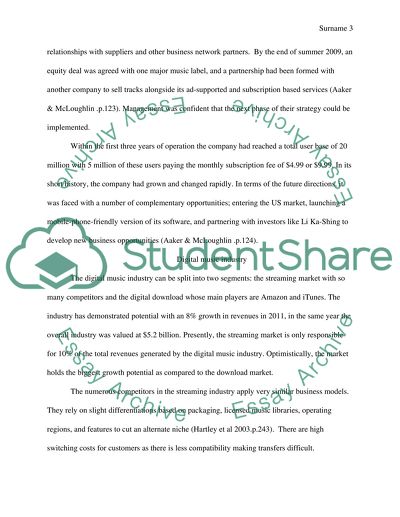Cite this document
(“Spotify Essay Example | Topics and Well Written Essays - 2000 words - 3”, n.d.)
Spotify Essay Example | Topics and Well Written Essays - 2000 words - 3. Retrieved from https://studentshare.org/e-commerce/1471686-spotify
Spotify Essay Example | Topics and Well Written Essays - 2000 words - 3. Retrieved from https://studentshare.org/e-commerce/1471686-spotify
(Spotify Essay Example | Topics and Well Written Essays - 2000 Words - 3)
Spotify Essay Example | Topics and Well Written Essays - 2000 Words - 3. https://studentshare.org/e-commerce/1471686-spotify.
Spotify Essay Example | Topics and Well Written Essays - 2000 Words - 3. https://studentshare.org/e-commerce/1471686-spotify.
“Spotify Essay Example | Topics and Well Written Essays - 2000 Words - 3”, n.d. https://studentshare.org/e-commerce/1471686-spotify.


